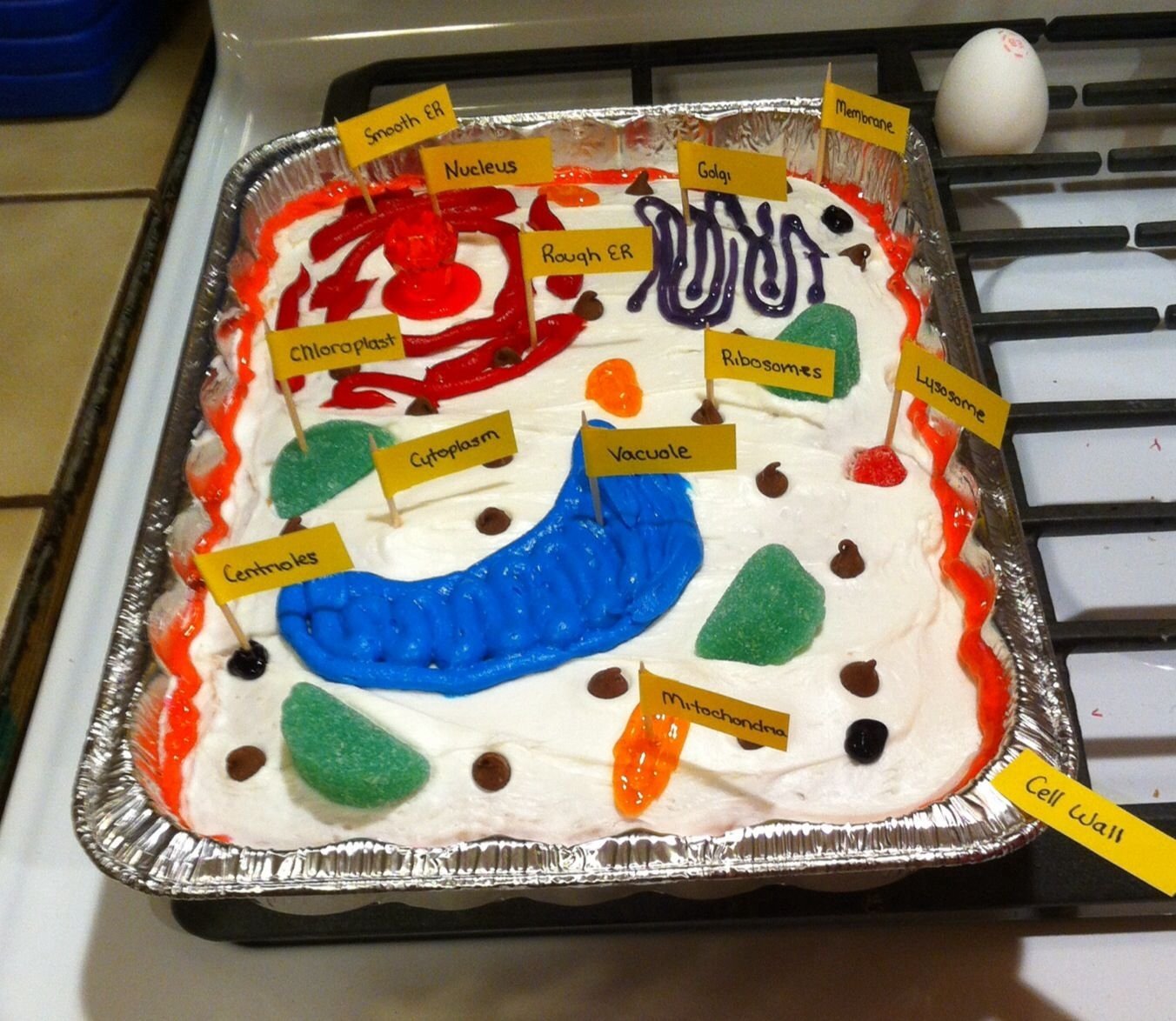
The cell membrane is made of fats, and because it is permeable, it allows animal cells to share nutrients and enzymes. You might think of the cake pan or pizza crust as representing the cell wall and membrane for simplicity. The cell wall is found just outside the cell membrane. Cell wallĬell walls are only found surrounding plant cells. They might choose toppings that look most like the structure or toppings that remind them of the function of each organelle. Involving students in the selection of toppings is a valuable learning opportunity and a way to encourage creativity. We’ve given some ideas for which toppings to use, but you’re welcome to choose your own. For more advanced students, include the entire list.

A basic cell model for elementary students might only include the first 4-5 parts.

Decide ahead of time which cell organelles you will include. Parts of a cellĬhoose your favorite topping that looks most like each part of the cell. Animal and plant cells have other features in common, including a cell membrane, a nucleus, cytoplasm, and many organelles. They create energy from sunlight in their chloroplasts and store nutrients in a large central vacuole in case they encounter unfavorable conditions. Plants are not mobile like animals, and so they have some specialized organelles to help them with energy needs. Plant cells are surrounded by a cell wall which gives them a specific shape, usually cube-like.

Knowing they can eat their cell model afterward adds extra excitement to the project. Choosing the components and building the cell project will help students remember all the parts. Making an edible cell model is a great active learning strategy. It can be difficult for students to learn about what they cannot see. Plant and animal cells are microscopic and have many complex parts to learn.


 0 kommentar(er)
0 kommentar(er)
